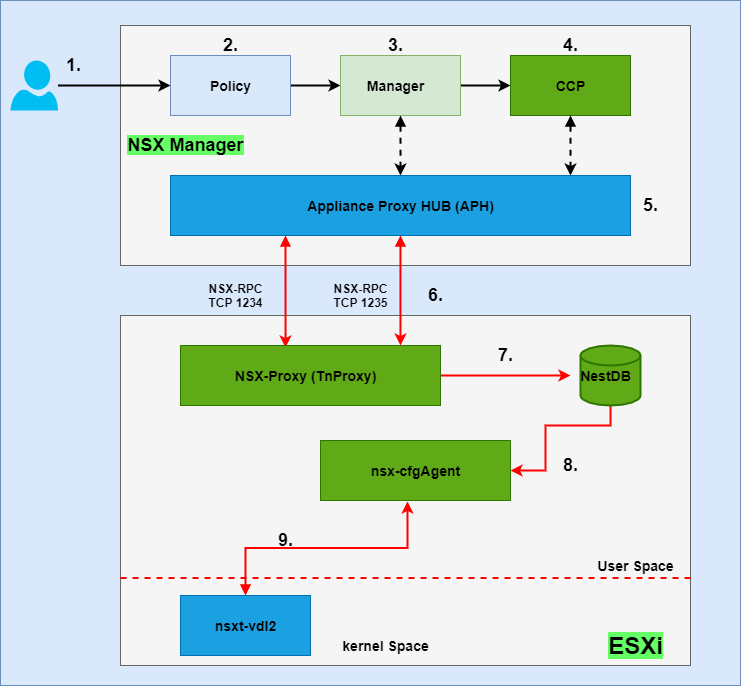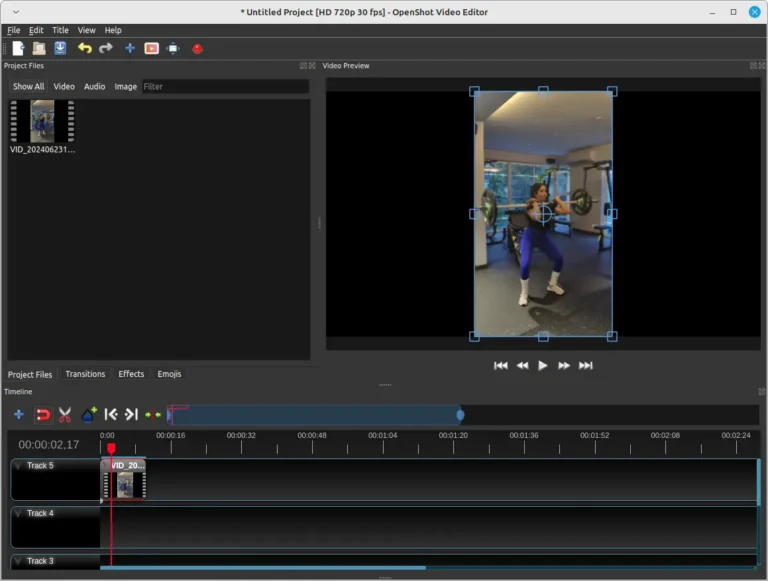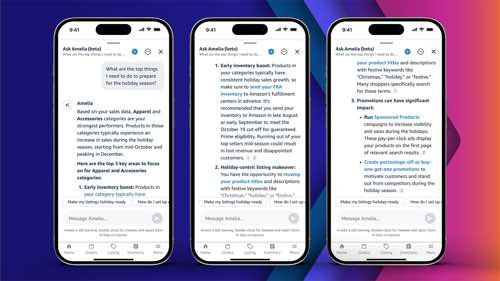Joe Natoli is the co-author of “The User Experience Team of One, Second Edition,” a seminal book to help smaller ecommerce businesses improve customer experience by “doing more with less.”
I asked Natoli, the founder of Give Good UX and a 30-year user-experience consultant, what’s changed in the decade since the book’s acclaimed first edition.
Joe Natoli: A lot — not just in UX, but in business as a whole. Customer expectations across the web have changed. The way we buy products has changed radically. Part of being in any business is the constant necessity to upgrade to meet customer wants, needs, and expectations — everything to do with user experience. If you’re not getting the desired results, there’s a reason. You need to find it.

Joe Natoli
In this second edition, we addressed key questions: What do people want? Why do they want it? What should happen here? How do we figure out what’s going to move the needle?
Jean Gazis: How do merchants stay current amid nonstop change?
Natoli: It boils down to audience expectations. People want to buy things in certain ways. There’s no controlling that. When your competitors are there already, you have to get there yesterday. The methods in the book help do that much faster than traditional UX processes.
The time you have to work with determines what you do. If you can carve out a day to talk to customers, do it. But you have to build the functionality. You have to design things that are easily rolled back. Roll it out, test it, watch it. The minute it looks like a bad decision, go back to where you were.
Gazis: Another trade-off is researching ahead of time and testing after.
Natoli: It’s a question of the situation. There are instances where research is unnecessary — for example, a low-risk change that’s quick and does not risk alienating customers. Just put it out there and watch what happens.
If it’s a major change, such as another step to the checkout flow, where shoppers have to validate their information or log in before they can buy, that’s a different story. Research that upfront because it’s high-risk and could halt your sales. But the research doesn’t have to be lengthy.
I tell teams to take what they can get. If you’ve got a day, it’s a day. Something is always better than nothing. Some of the methods in the book are for internal use. If a merchant doesn’t have time for research, that’s fine. Just put yourself in the customer’s place and run through the process.
Gazis: How do you measure the value of UX for ecommerce?
Natoli: There is no excuse for not having basic analytics in place. It’s dead simple — from one line of code on every page. Merchants must understand what they’re measuring and a tool to do it.
It’s easy to assume that everybody knows what they should be asking. I don’t think that’s the case. In the book we try to walk through the process: “What questions do I ask? Where do I start? How do I find these things out?” It’s about thinking before deciding. Figure out what is worth doing and what to avoid. I’ve seen countless ecommerce sites ruin their checkout, believe it or not.
Gazis: What are the critical UX aspects for ecommerce?

The User Experience Team of One, Second Edition
Natoli: Merchants have to remove every element of friction. You have impatient shoppers looking to buy a product. Their wallets are out, and they’re thinking, “The minute I find this, I’m going to buy it.” Your content should reflect “here’s what’s in it for you.”
You can’t just make claims. You need to show people what they’re getting. So the UX of an ecommerce site has to prove why a product is worthwhile right now. Answer in a prominent manner, “Why this is worth my money? Why it’s worth my time? How is it useful and valuable to me?”
That’s what I mean by friction. A checkout process has friction if it runs counter to conventional expectations of what happens first, what happens next, how much information you’re asking for, and when you’re asking. Any time the checkout contains something unexpected, that’s friction. Shoppers’ brains are used to a pattern. It’s habit and reflex. The minute something breaks that pattern, it’s a moment of doubt.
Ease of use separates one ecommerce site from another. How easy can people do business? Not investing time and money in the user experience is the most short-sighted thing I can think of.






